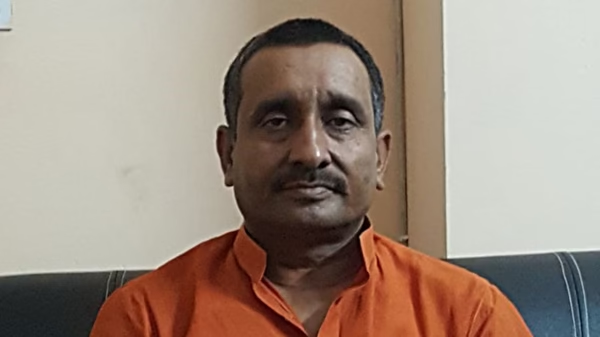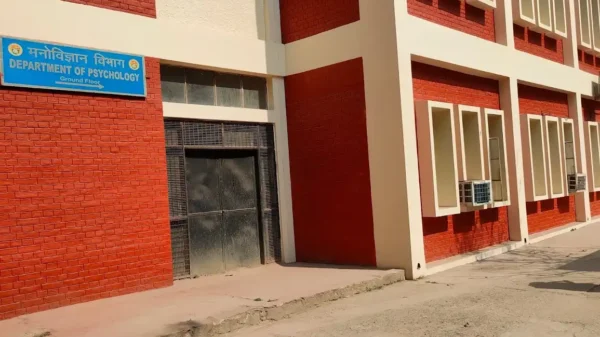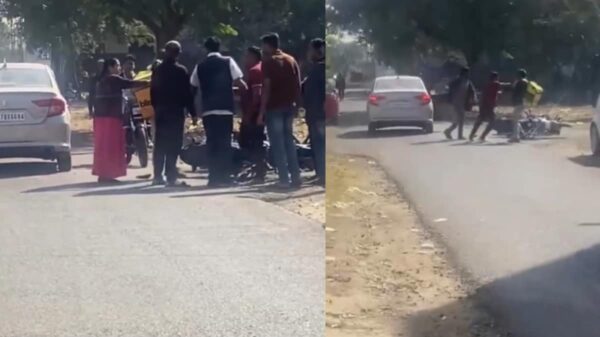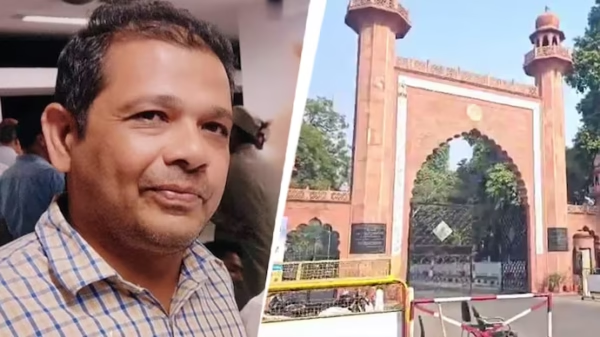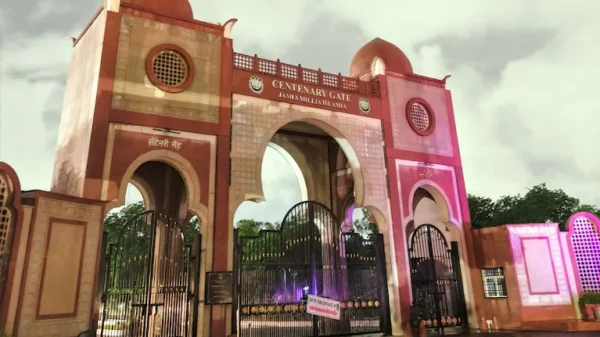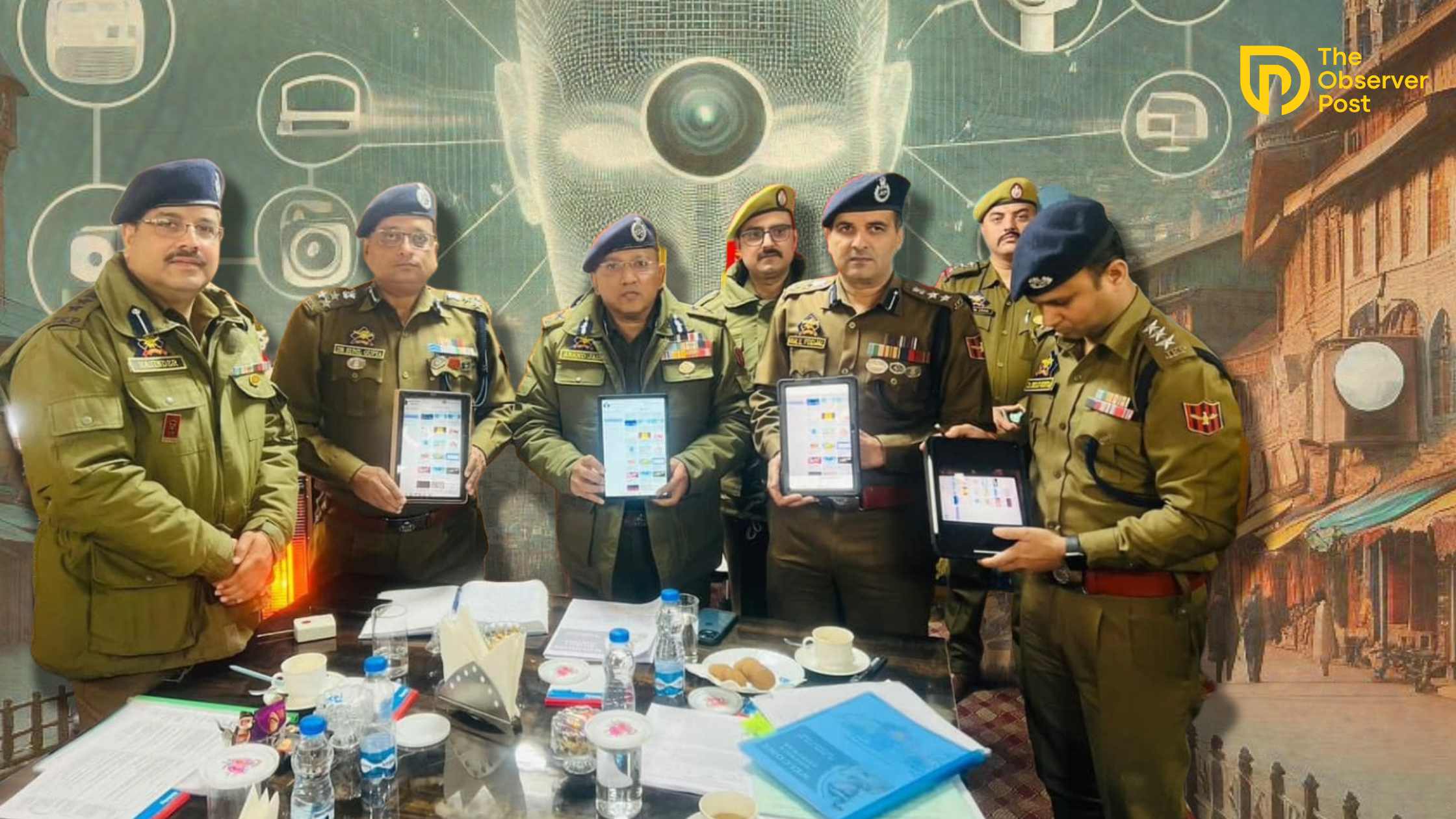On December 12, the Jammu and Kashmir Police implemented a Facial Recognition System driven by artificial intelligence at Modern Naka Drabshalla in the Kishtwar district of Jammu. The system is designed to identify and capture militants, overground workers (OGWs), and other criminals, according to the police.
SSP Kishtwar Khalil Poswal said that the implementation of the AI-based system marks a pivotal step in the region’s commitment to ensuring public safety and combating crime effectively.
“This is an artificial intelligence-based mechanism of identification of accused suspects or those persons who are wanted…maybe militants, OGWs (Over Ground Workers) or for that matter wanted absconders. The system is capable of storing up to 5,000 photographs and can identify multiple persons, even if they are wearing masks,” Khalil Poswal said while talking to the media.
“Upon identification of the suspect, a computer-generated alarm will be triggered, facilitating the arrest or detention of the person,” he said.
The police said that the system will be deployed to additional entry points, such as Margon Top and Sinthan Top, with the ultimate goal of extending its reach to districts throughout Jammu and Kashmir. The initiative encompasses areas like Kashmir, Rajouri, Poonch, Reasi, and Doda. The proposed technology is poised to assume a crucial role in curbing the movement of militants and their sympathizers within these challenging mountainous terrains.
The initiative is set to advance further by integrating with the National Crime and Criminal Tracking Network and Systems (CCTNS) portal. A dedicated mobile app is currently under development, designed to provide police officials with real-time information regarding the presence or movement of suspects. The Police have inputted photographs and details of militants, Over Ground Workers (OGWs), and other criminals into the system.
Earlier in November, The Jammu and Kashmir Police became the first law enforcement agency in India to adopt GPS tracker anklets to monitor individuals granted bail. These wearable devices are securely fastened around the ankle of the person under surveillance, enabling precise tracking of their movements.


































